Cycle of Violence: Dominic Sangma’s Rimdogittanga
The collective psychosis of fear and anxiety in a local, geographically distinct community is arguably an infallible thematic framework to dramatise the conflict underlying the members’ synergic composition. Typically, such a structure involves a chain of unfortunate events that progressively exacerbate paranoia and reveal repressed tensions. Dominic Megam Sangma’s feature film Rimdogittanga (Rapture, 2023) dwells on a similar narrative but structures it around pressing questions of ethno-religious conflict, the refugee crisis, and structural violence in the Garo Hills of Meghalaya. Following its premiere at the Locarno International Film Festival in August, Sangma’s second feature, following Ma.Ama (2018), is a part of the 12th Dharamshala International Film Festival (DIFF), 2023. Through the film, Sangma illustrates his aptitude for storytelling as he traces a tale of entrenched social differences that condense into cultural dispositions under atmospheres of fear.
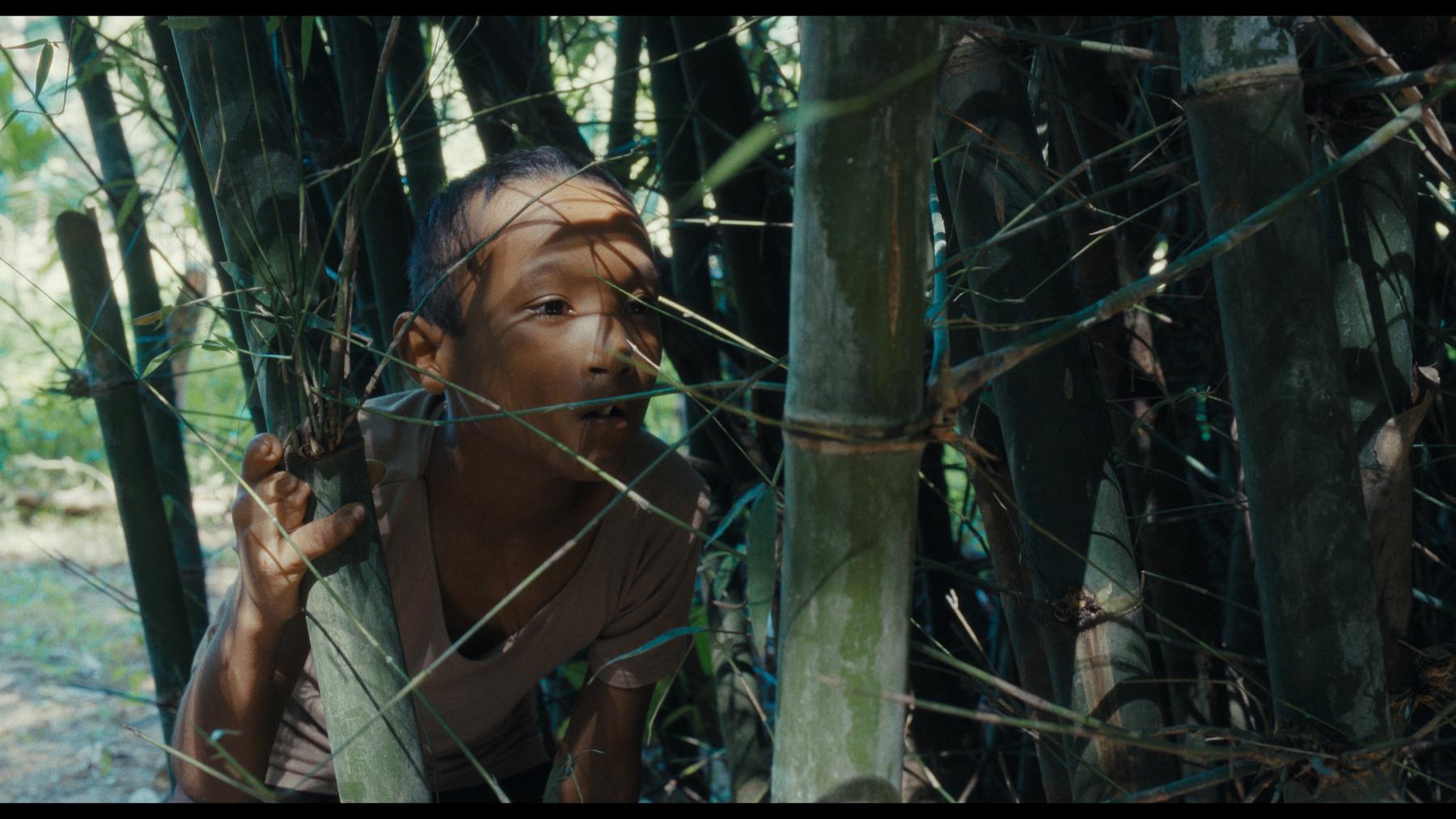
The opening scene depicts torch-bearing villagers entering a forest in the middle of the night. Considered a delicacy that is only available once every few years, the villagers’ hunt for the cicadas is resolute, with an impending sense of fear due to a perceived ominous presence. They offer consolation to each other through scattered mumblings of “It emerges after four years.” While no discernible event occurs in this tense introduction, the first instance of paranoia sets in the following morning. The villagers discover that a teenage boy, who was a part of the group that went to collect the cicadas, never returned from the forest. The mystery surrounding his disappearance soon widens into a chasm for speculative investment, mired by conditions of inequality and discrimination. In the midst of the chaos, the local church proclaims the arrival of a miraculous statue of Mary. As rumours swirl across the community, some believe in the involvement of “outsiders” who kidnap children to run an organ transplant trade; a few believe he was taken by the forest nymph; and others, under the sway of the local pastor, consider it to be one of the indicators of an impending apocalypse. At the intersection of these narratives, the story follows the protagonist, Kasan, a ten-year-old boy who suffers from night blindness.
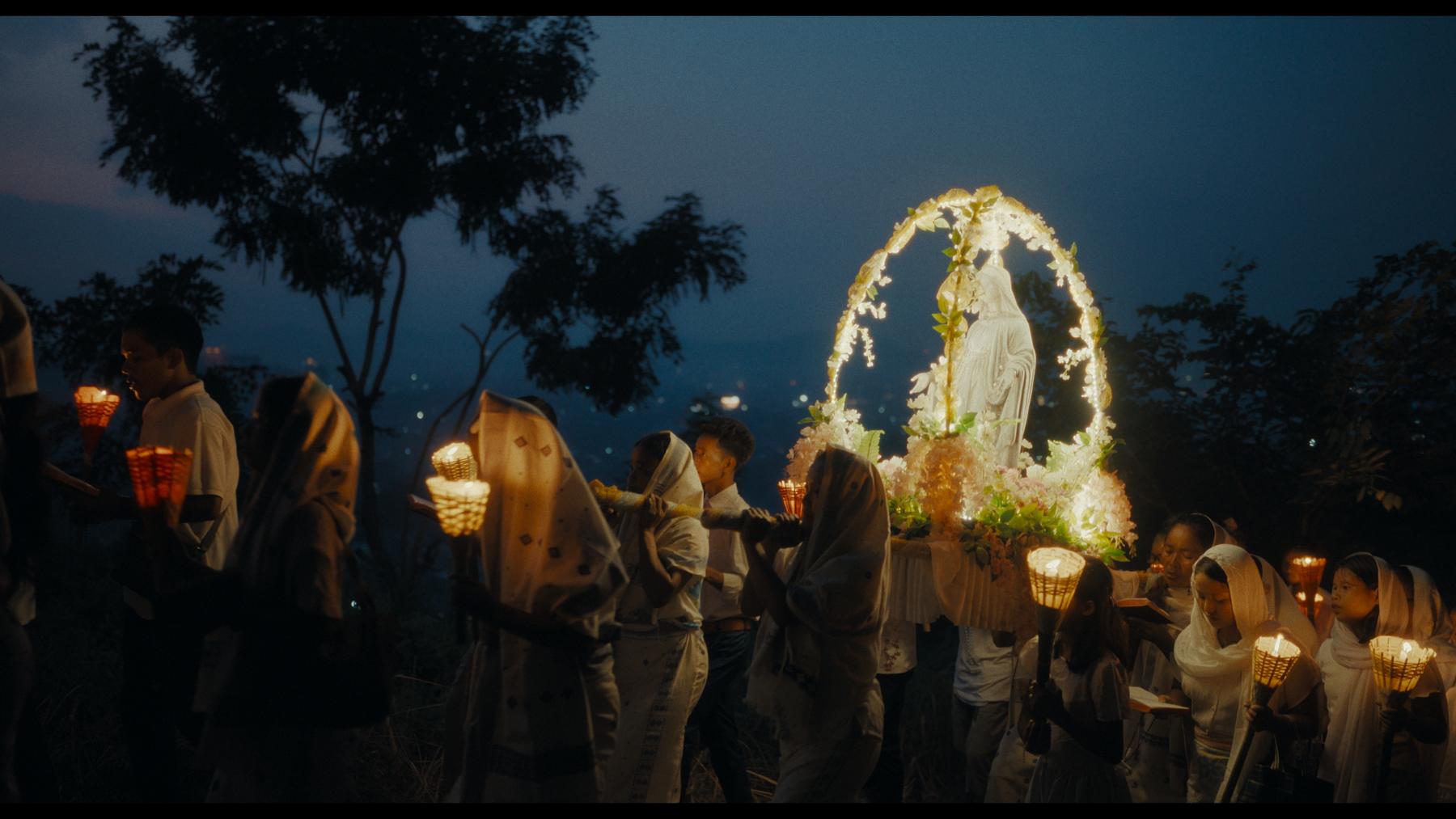
The plot development dissects the social underpinnings that inform the disparate attributions of collective panic occupying the community. These involve xenophobic sentiments about Bangladeshi refugees entering the valley, referencing the state’s complicated history of internecine strife. On the other hand, the character of the village pastor exposes the extractive means of accruing Christian followers, premised upon the banishment of indigenous cosmologies. This figure also introduces sexual tension in the narrative through his involvement with the recently widowed Kimkime, who cares for his paralysed wife. Meanwhile, Kasan becomes ensnared in nightmarish visions surrounding the village’s chaotic times. Instead of weighing one over the other, Sangma attends to the self-contained logic of the narrative strands with an indistinguishable credulity that dissolves the boundaries between sociological and fantasmatic realities.
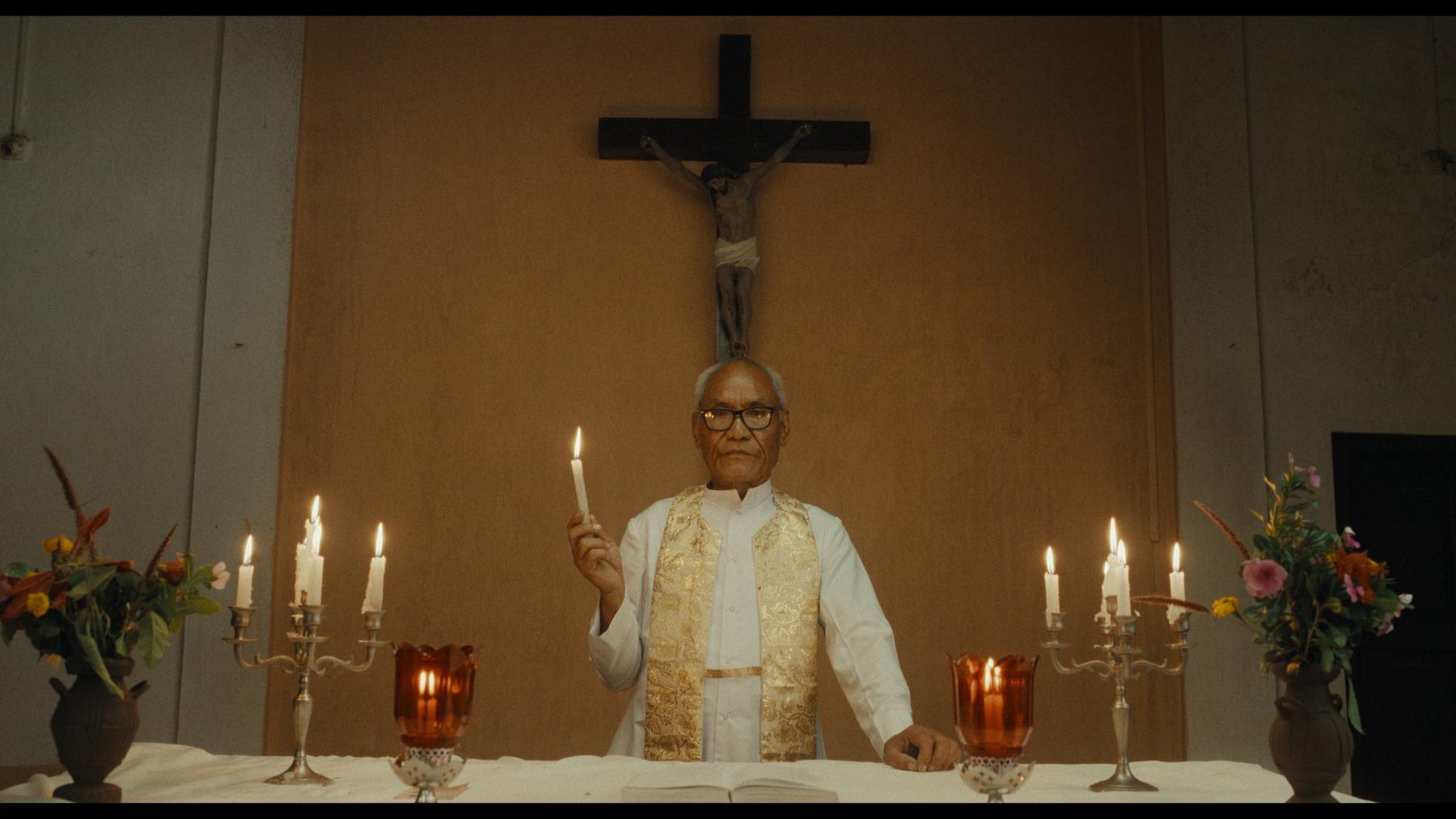
A constellation of symptoms relationally carve out the villagers’ collective psychosis. A blood moon casts a reddish hue over the village; a lightning strike kills a few cows; masked people communicate with the villagers from a cave where they disappeared; a mob lynches a foreign “infiltrator” over a language barrier; and a cat is doused to death with kerosene by Kasan. Though the film seemingly encodes the language of a slow-paced, suspenseful thriller, its internal time—connecting the different events—is prismatic and multi-angulated. The sequences circumspectly establish adequate temporal recesses for the narrative connections to ossify, rather than propelling a chain of causality over successive shots. Tojo Xavier’s cinematography judiciously contributes to this as the camera sustainedly maps varied locations, sometimes in stasis and often by moving across sloping terrains.
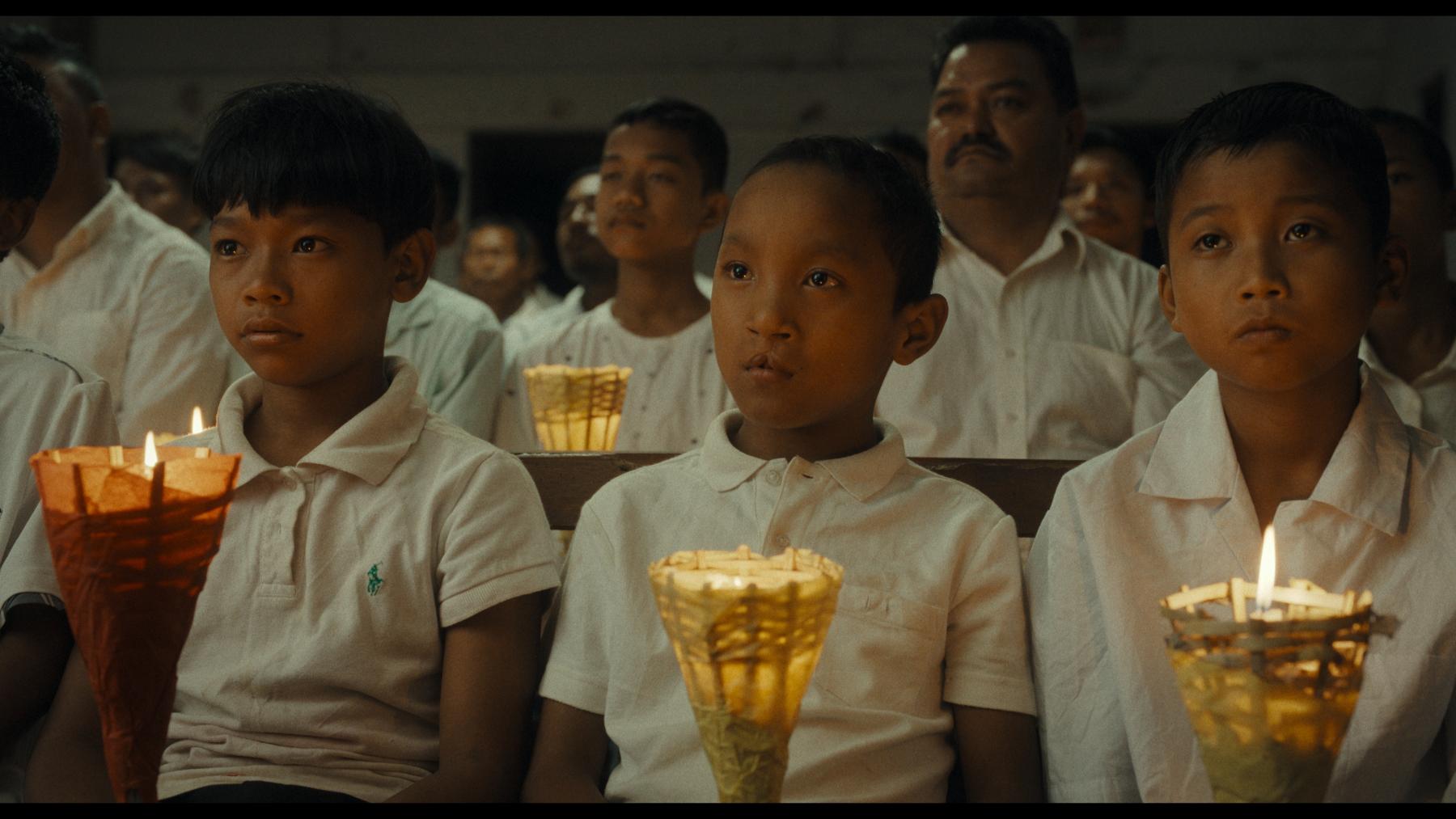
The local police and state authorities are unduly impervious to the myriad modalities of the villagers’ predicament, fixated on manufacturing and eliminating individual suspects. Their archetypal presence exemplifies how state authorities perpetuate the cycle of violence by institutionalising the faultlines of existing modes of governance. This is perhaps what Rimdogittanga tries to address by questioning the interpretive approach for understanding endemic forms of violence circling collective angst. The film’s narrative orientation resists the trap of ascribing the series of untoward events to an individual or a group as a result of a climactic disclosure or a straightforward and rational sequence of events. On the contrary, it outlines how collectivities begin operating in psychotic registers within themselves under wider socio-political duress as the characters’ moral compass falters against aggravating adversities. Sangma’s treatment does not exorcise the story’s esoteric opacity but enfolds it with pertinent questions that are equally urgent and perplexing.
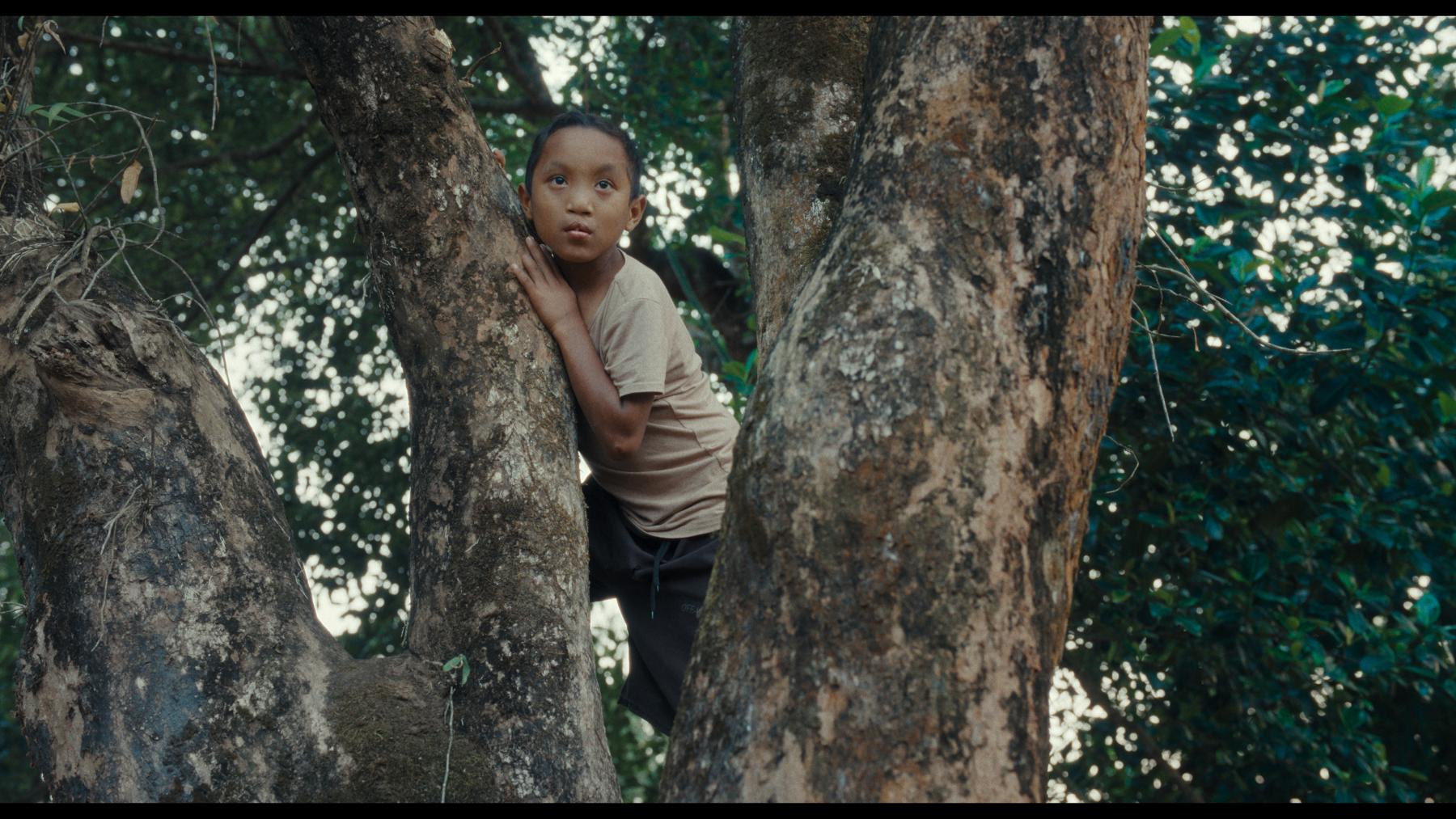
To read more about films that have been screened at the previous edition of the Dharamshala International Film Festival, revisit Najrin Islam’s review of A Night of Knowing Nothing by Payal Kapadia, Annalisa Mansukhani’s review of Dhuin by Achal Mishra and Ankan Kazi’s review of Terra Femme by Courtney Stephens.
All images are stills from Rimdogittanga (Rapture, 2023) by Dominic Megam Sangma. Images courtesy of the director and the Dharamshala International Film Festival 2023.




